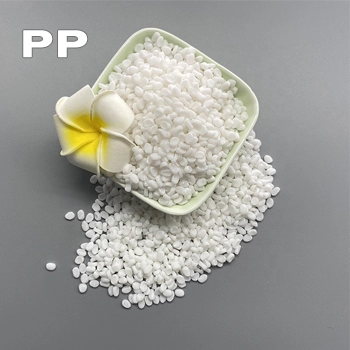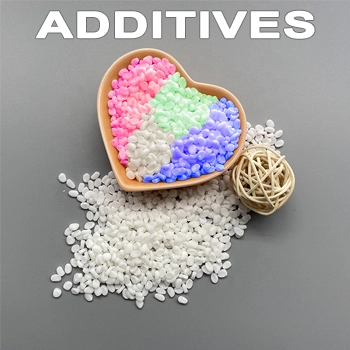Polyethylene
 Our polyethylene products are sourced from reliable suppliers and offer versatility for industrial and consumer applications, ensuring quality and durability.
Our polyethylene products are sourced from reliable suppliers and offer versatility for industrial and consumer applications, ensuring quality and durability.
Origin: Turkmenistan, Uzbekistan, UAE, Saudi Arabia, China.
Polyethylene is a versatile and widely used polymer that is produced in different types depending on its molecular structure and density. The two main types of polyethylene are low-density polyethylene (LDPE) and high-density polyethylene (HDPE). LDPE has a lower density and is more flexible and transparent, making it suitable for applications such as packaging films and plastic bags. HDPE has a higher density and is more rigid and durable, making it suitable for applications such as pipes, containers, and automotive parts. Other types of polyethylene include linear low-density polyethylene (LLDPE) and ultra-high molecular weight polyethylene (UHMWPE), which have unique properties that make them suitable for specific applications.
The polyethylene market is one of the largest and fastest-growing polymer markets in the world. The demand for polyethylene is driven by its versatility, low cost, and ease of processing, as well as by its wide range of applications in industries such as packaging, construction, automotive, and consumer goods. The market is highly competitive, with a large number of global and regional players involved in the production and distribution of polyethylene. The market is also characterized by ongoing innovation and product development, with companies investing in new technologies and materials to improve the performance and sustainability of polyethylene products. Overall, the polyethylene market is expected to continue to grow in the coming years, driven by global economic growth and increasing demand for more sustainable and environmentally friendly materials.
Polypropylene
 As a trusted trading partner, we offer polypropylene for a wide range of industries, from packaging to automotive, sourced from top manufacturers.
As a trusted trading partner, we offer polypropylene for a wide range of industries, from packaging to automotive, sourced from top manufacturers.
Origin: Turkmenistan, Uzbekistan, UAE, Saudi Arabia, China.
Polypropylene is a thermoplastic polymer that is widely used in a variety of applications, including packaging, automotive parts, textiles, and consumer goods. It is a lightweight, durable, and versatile material that is resistant to moisture, chemicals, and UV radiation. Polypropylene is produced in different grades and types, depending on its molecular weight, melting point, and other properties. For example, homopolymer polypropylene has a high melting point and is suitable for applications that require high stiffness and strength, while copolymer polypropylene has a lower melting point and is more flexible and impact-resistant.
The polypropylene market is a large and growing market, driven by the versatility and cost-effectiveness of the material, as well as by its wide range of applications in various industries. The market is highly competitive, with a large number of global and regional players involved in the production and distribution of polypropylene. The demand for polypropylene is driven by the growing global population, urbanization, and rising consumer demand for durable and lightweight materials. In addition, there is increasing interest in the use of sustainable and environmentally friendly polypropylene products, such as biodegradable and recyclable materials. Overall, the polypropylene market is expected to continue to grow in the coming years, driven by ongoing innovation and product development, as well as by increasing demand from a wide range of industries.
Additives
 We provide specialized polymer additives that enhance plastic performance, tailored to meet the needs of various industries.
We provide specialized polymer additives that enhance plastic performance, tailored to meet the needs of various industries.
Origin: Turkmenistan, Uzbekistan, UAE, Saudi Arabia, China.
Polymer additives are chemical compounds that are added to polymers to improve their performance and properties. They are used in a wide range of applications, including plastics, coatings, adhesives, and textiles. Polymer additives can be used to enhance the durability, strength, flexibility, and color of the polymer, as well as to improve its resistance to heat, UV light, and other environmental factors. They can also be used to reduce the cost of production, by allowing for the use of lower-grade polymers or reducing the amount of polymer required.
The usage of polymer additives has become increasingly important as industries look for ways to improve the performance and sustainability of their products. For example, additives such as plasticizers are used to make plastics more flexible and durable, while UV stabilizers are used to protect against degradation from sunlight. Flame retardants are used to make polymers more fire-resistant, while antimicrobial additives are used to prevent the growth of bacteria and fungi in textiles and other products. In addition, there is growing interest in the use of biodegradable and renewable polymer additives, as companies seek to reduce their environmental impact and meet consumer demand for more sustainable products. Overall, polymer additives play a crucial role in enabling the development of new and innovative products, while also helping to improve the performance and sustainability of existing products.
